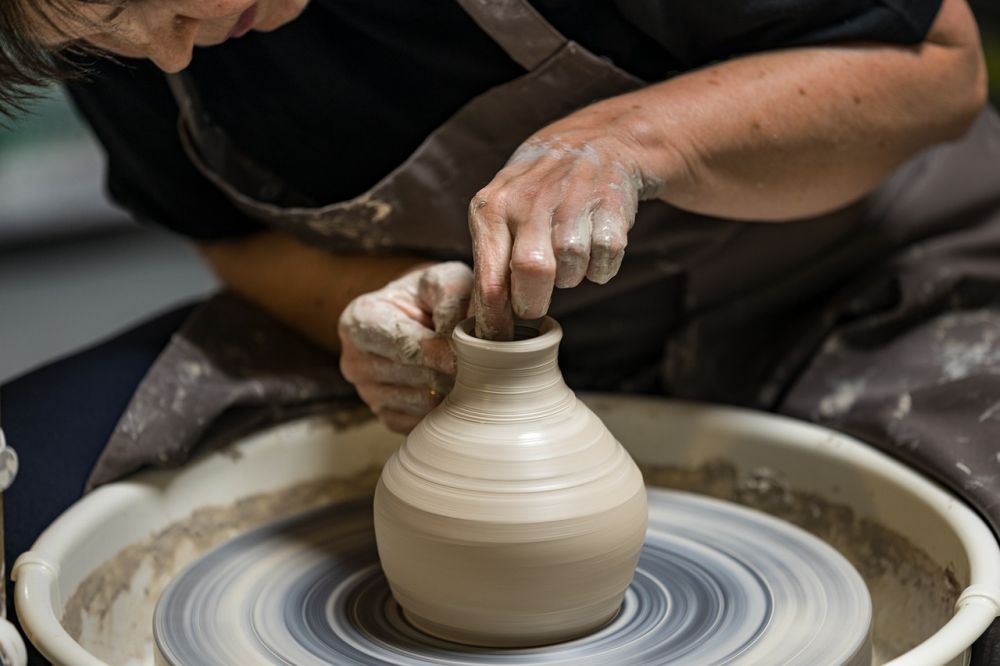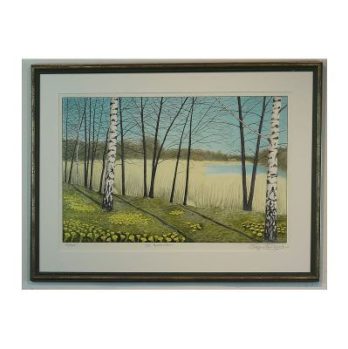Scandinavisk design: en tidlös och funktionell estetik

Introduction
Scandinavian design has taken the world by storm, captivating both design enthusiasts and everyday consumers. Known for its minimalistic, functional, and timeless aesthetics, this design movement has become synonymous with quality and craftsmanship. In this article, we will delve into the essence of Scandinavian design, exploring its various forms, popularity, quantifiable measurements, differences between subcategories, and a historical overview of its advantages and disadvantages.
An overview of Scandinavian design

Scandinavian design is characterized by its clean lines, simplicity, and focus on functionality. It emerged in the early 20th century as a response to the ornate and decorative styles that dominated the design scene at the time. Influenced by the harsh Nordic climate and a desire for practicality, Scandinavian designers sought to create designs that were not only visually pleasing but also user-friendly and durable.
In-depth presentation of Scandinavian design
1. Minimalistic approac Scandinavian design embraces a less-is-more philosophy, where every element serves a purpose and is stripped down to its essential form. This minimalist approach creates a sense of calmness and allows the design to stand the test of time.
2. Functionality: Scandinavian design prioritizes function without sacrificing aesthetics. Furniture and everyday objects are designed to be practical and user-friendly, emphasizing usability and ergonomics.
3. Natural materials: Scandinavian designers have a deep appreciation for the beauty of nature, which is reflected in their use of natural materials such as wood, leather, and glass. This emphasis on organic materials not only enhances the visual appeal but also creates a sense of warmth and authenticity.
4. Light and color: Scandinavian design often incorporates light colors and an abundance of natural light to create a bright and airy atmosphere. Pale hues, such as whites, grays, and pastels, are prevalent, allowing the space to appear larger and more inviting.
5. Craftsmanship: Scandinavian design celebrates craftsmanship and high-quality production. Every detail is meticulously considered, and artisans take pride in creating pieces that will last for generations.
Quantitative measurements of Scandinavian design
Quantifying the impact of Scandinavian design is challenging, but several metrics can help us understand its popularity. Sales figures, customer satisfaction surveys, and online search trends can provide valuable insights into the demand for Scandinavian design products. For example, in the past decade, global sales of Scandinavian furniture have consistently increased, indicating a growing global fascination with this design aesthetic.
Exploring the nuances of Scandinavian design
Scandinavian design encompasses various subcategories, each with its distinct characteristics. Some popular subcategories include:
1. Danish Modern: Known for its organic shapes, Danish Modern design combines traditional craftsmanship with modernist principles. This style often features teak wood, sleek lines, and a balance between form and function.
2. Swedish Gustavian: Inspired by the French Rococo style, Swedish Gustavian design is characterized by light-colored furniture with delicate carvings and subtle distressing. This style exudes elegance and sophistication with a touch of rustic charm.
3. Finnish Functionalism: Finnish design focuses on creating practical and innovative solutions for everyday living. Functionality, simplicity, and sustainability are key principles in Finnish design, with an emphasis on practicality and timeless elegance.
Historical overview of advantages and disadvantages of Scandinavian design
1. Advantages: Scandinavian design has stood the test of time due to its timeless aesthetics and focus on functionality. Its minimalist approach allows for flexibility in various interior styles and ensures that designs remain relevant for generations. Additionally, the emphasis on high-quality craftsmanship and use of natural materials enhances longevity and sustainability.
2. Disadvantages: Critics argue that Scandinavian design can sometimes be perceived as cold and impersonal due to its minimalistic nature. The simplicity may also be mistaken for a lack of creativity, leading to a perception of repetitiveness. Furthermore, the premium prices associated with Scandinavian design can be a drawback for budget-conscious individuals.
Conclusion
Scandinavian design continues to captivate individuals worldwide with its timeless and functional aesthetic. Its minimalistic approach, focus on functionality, use of natural materials, and craftsmanship have made it a symbol of quality and sophistication. While Scandinavian design comes in various forms, it retains a cohesive essence that brings comfort, elegance, and functionality to every space it graces.











